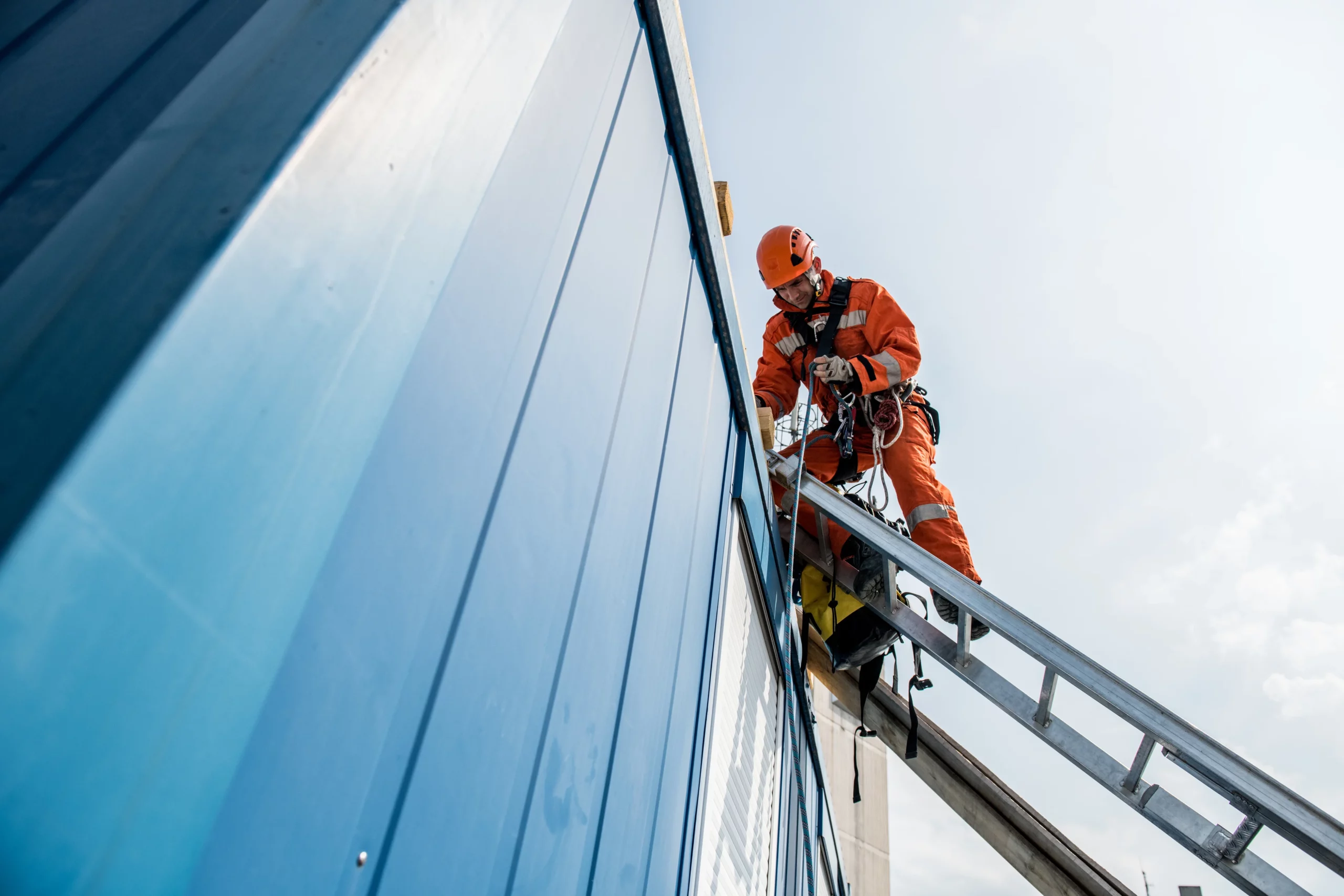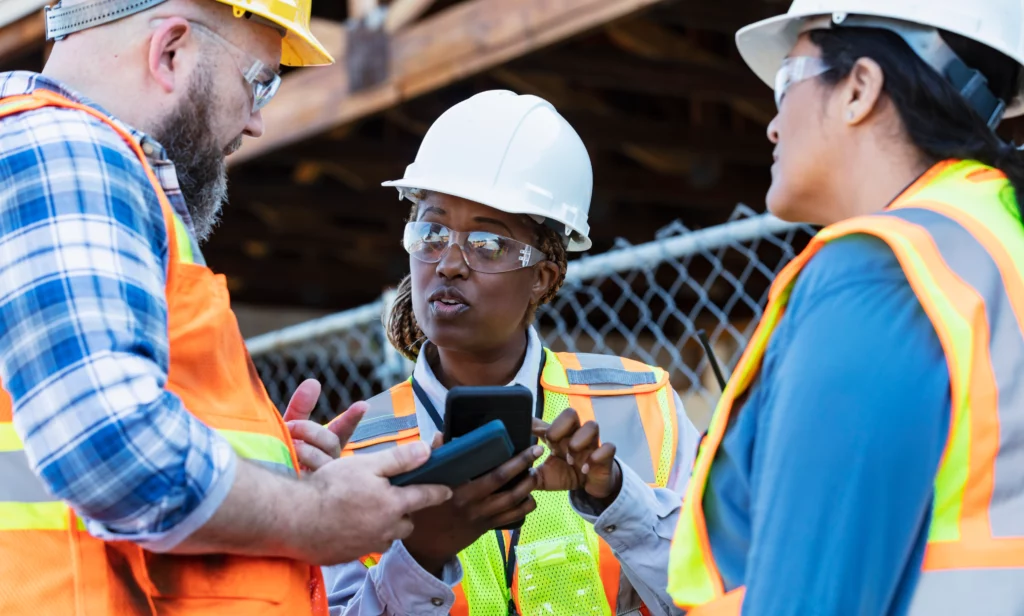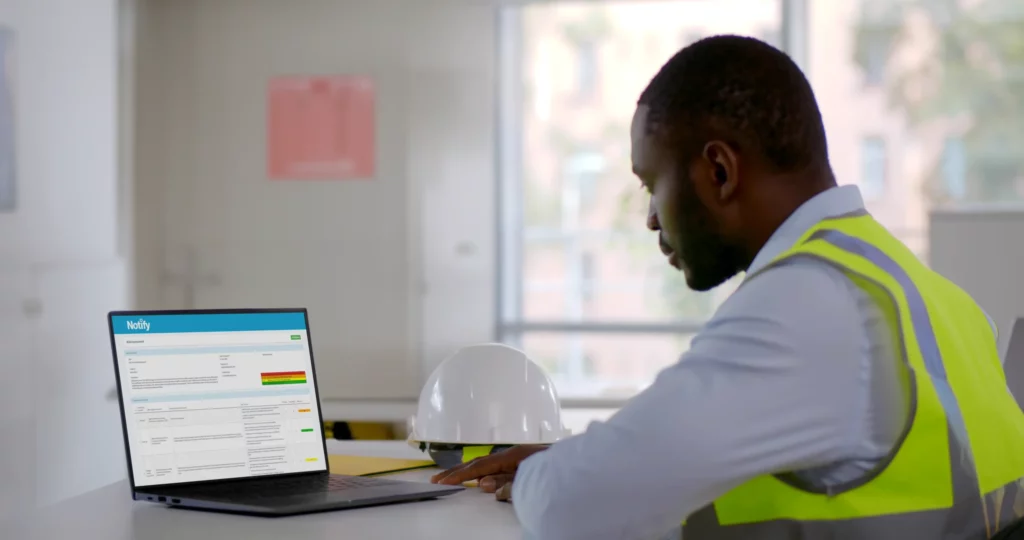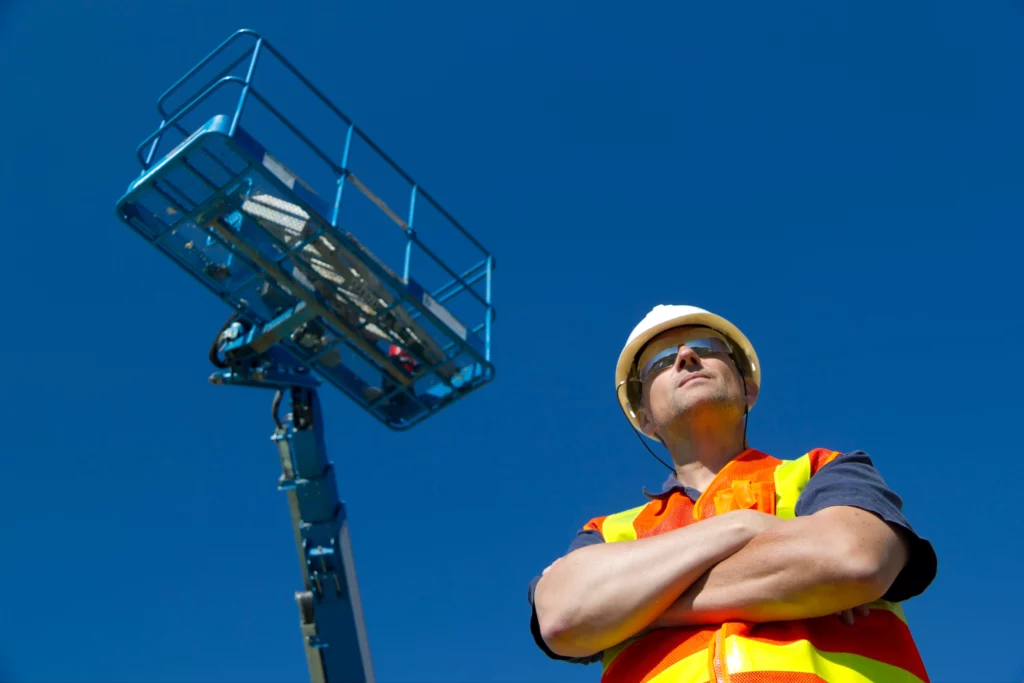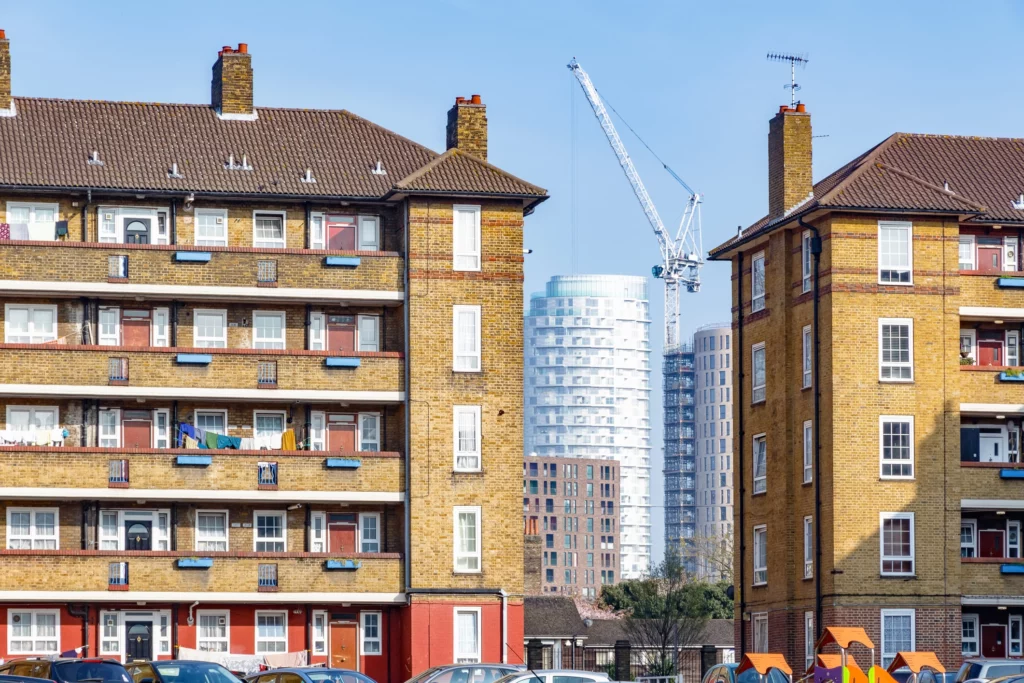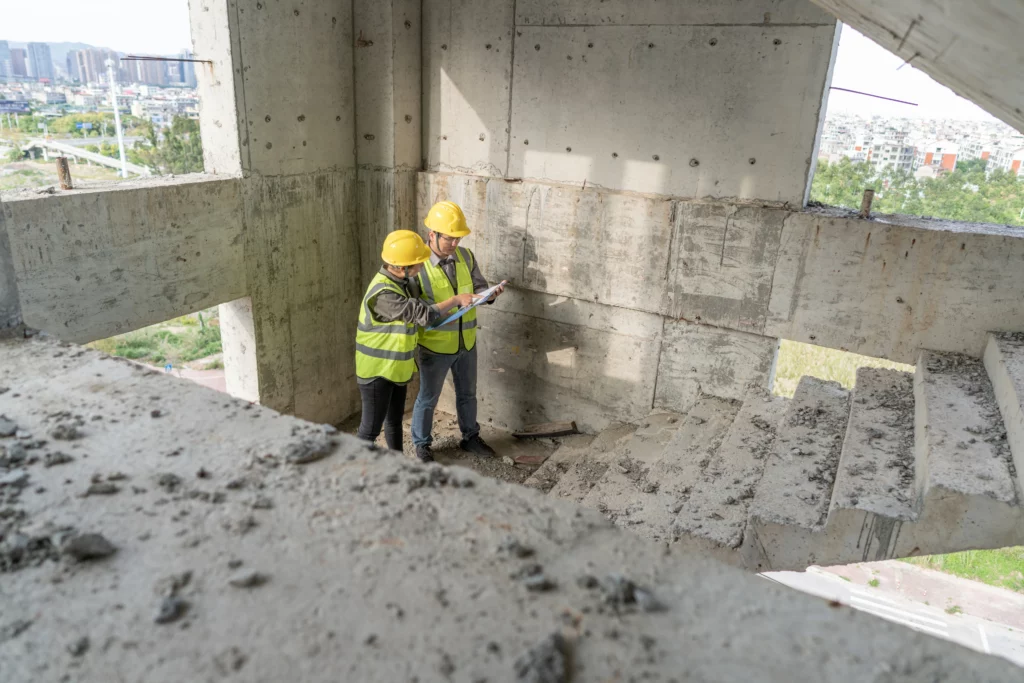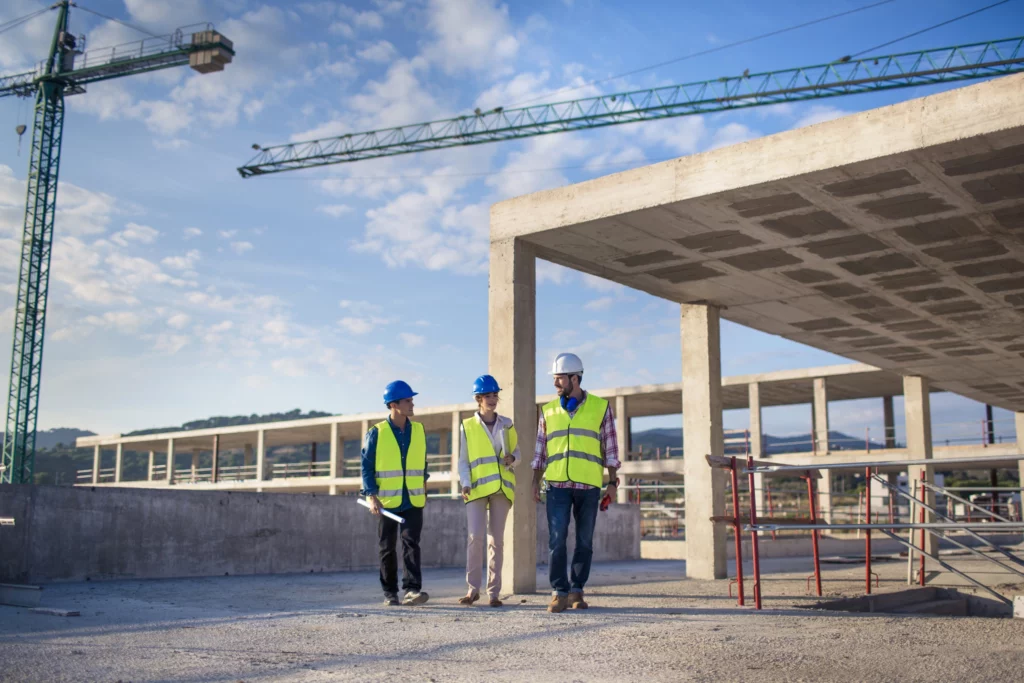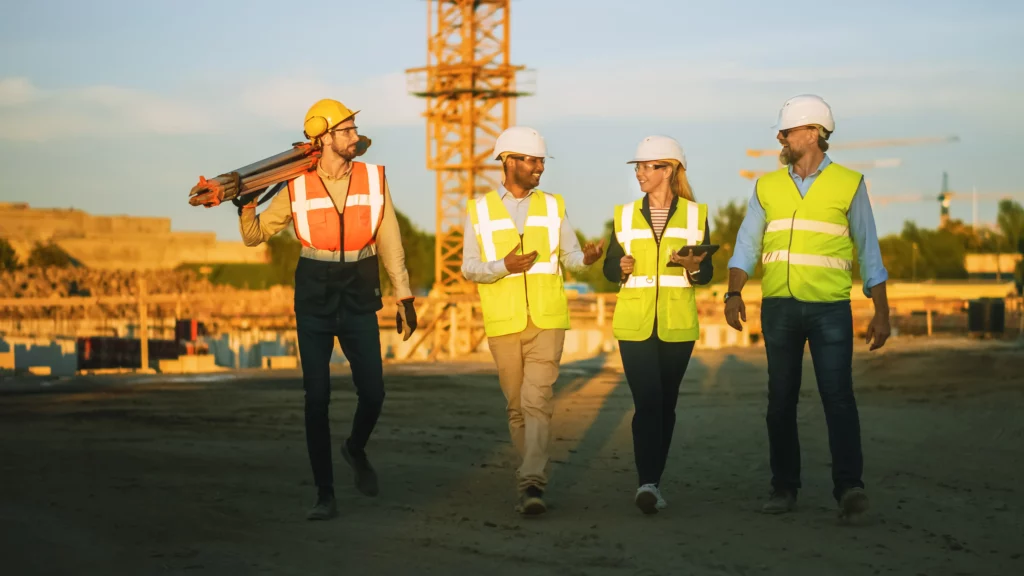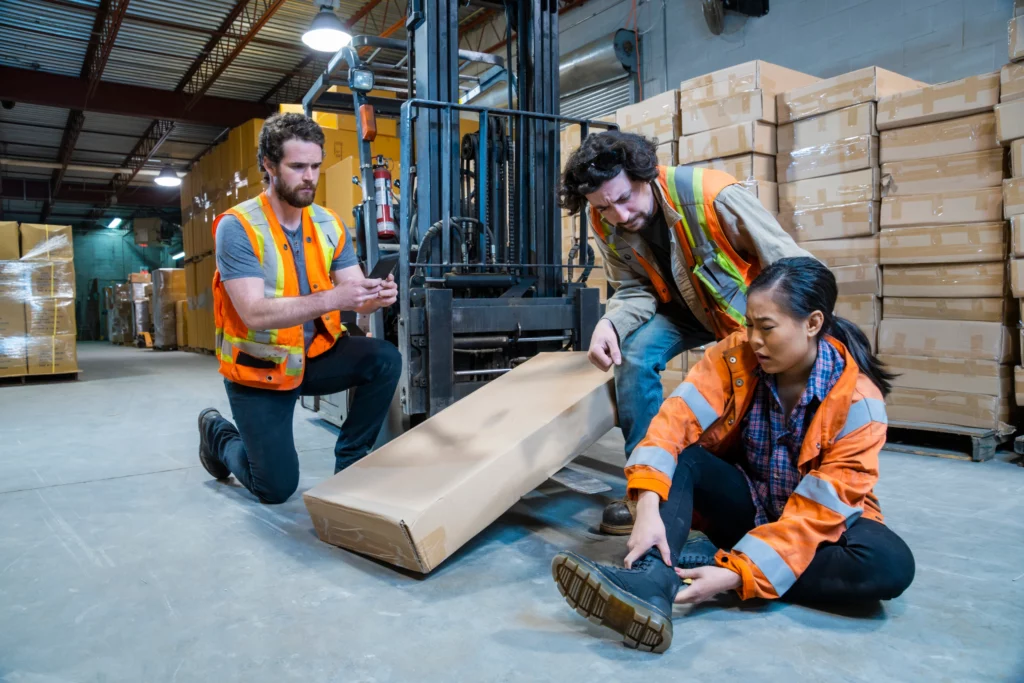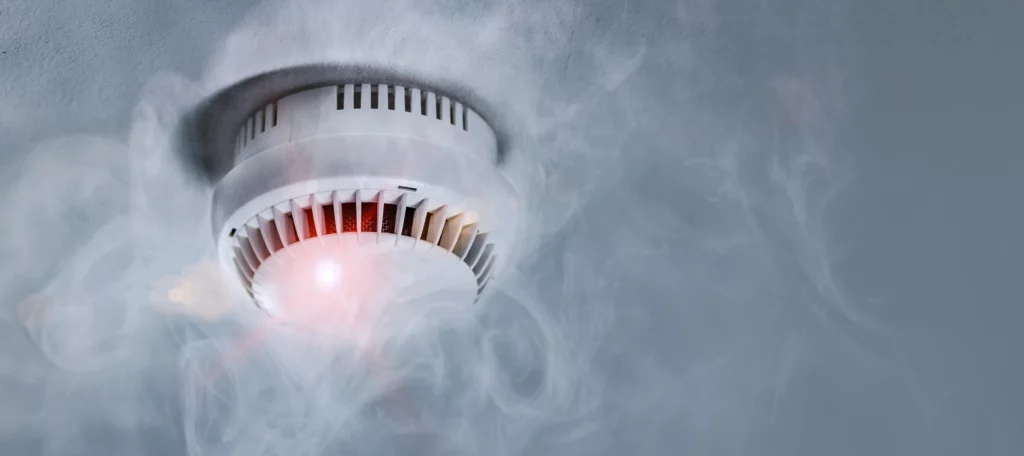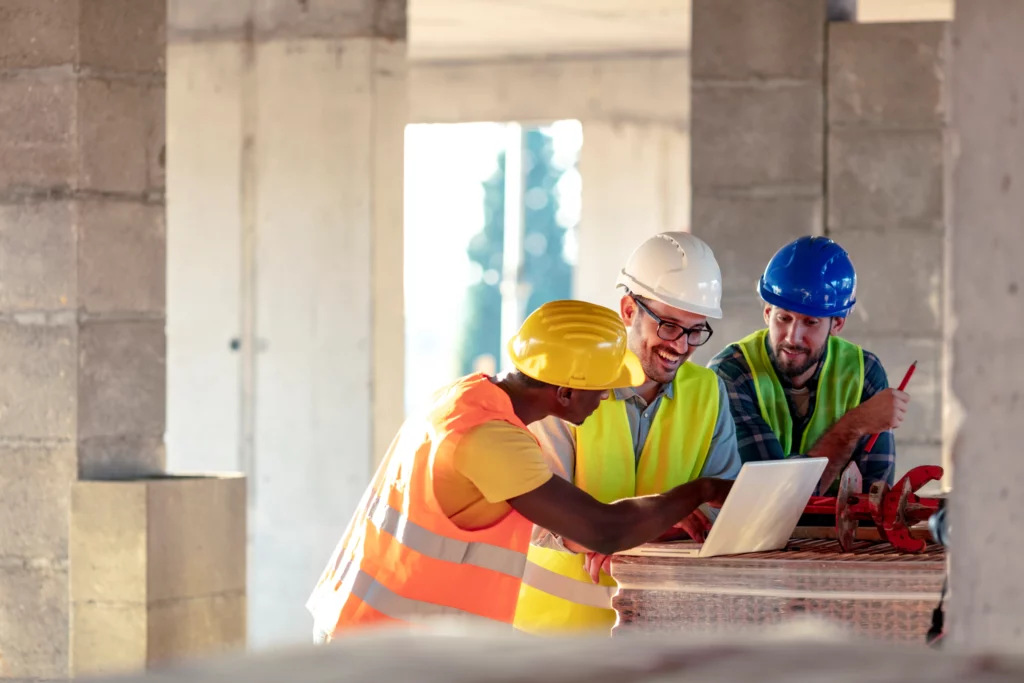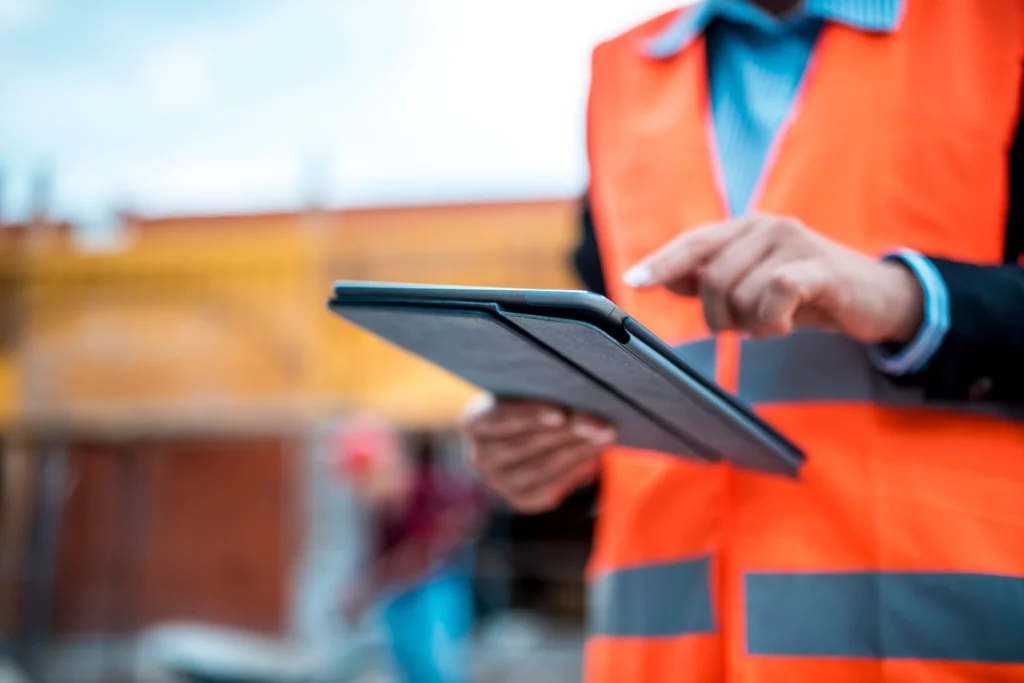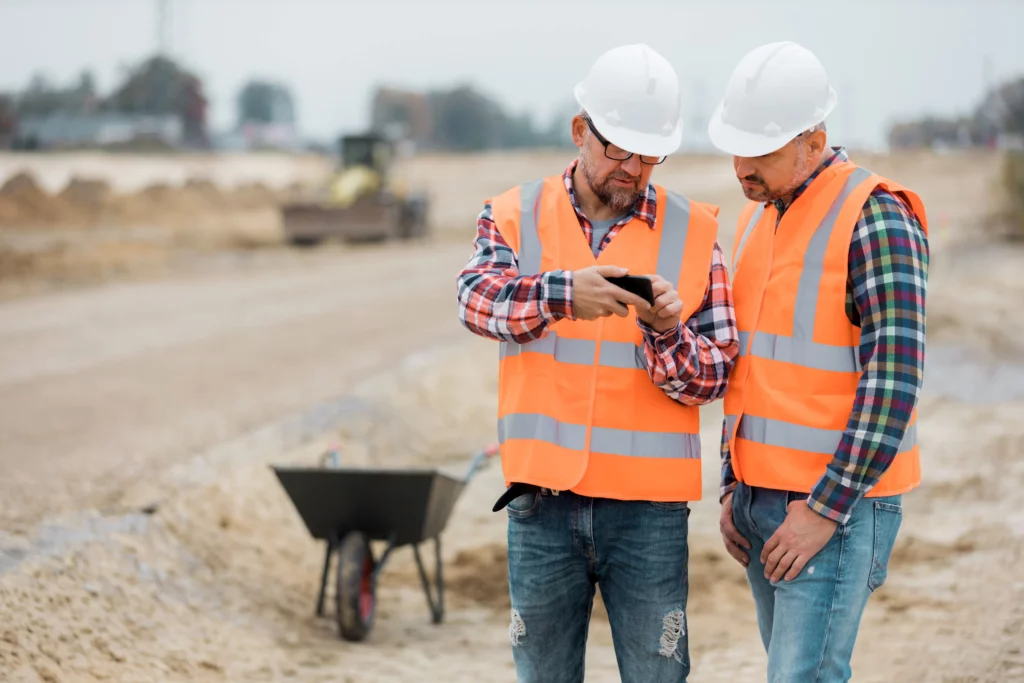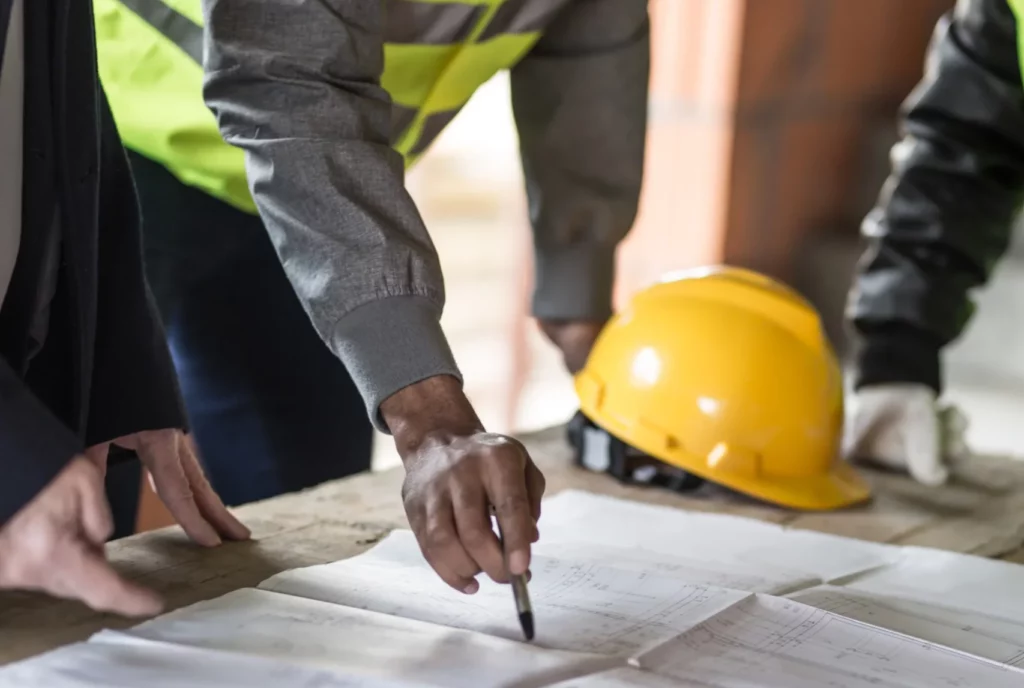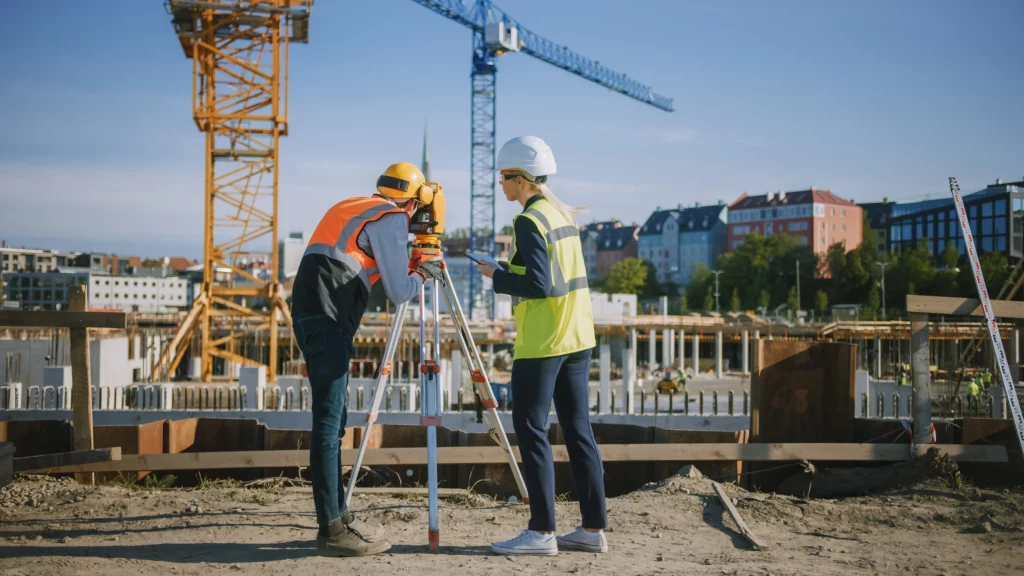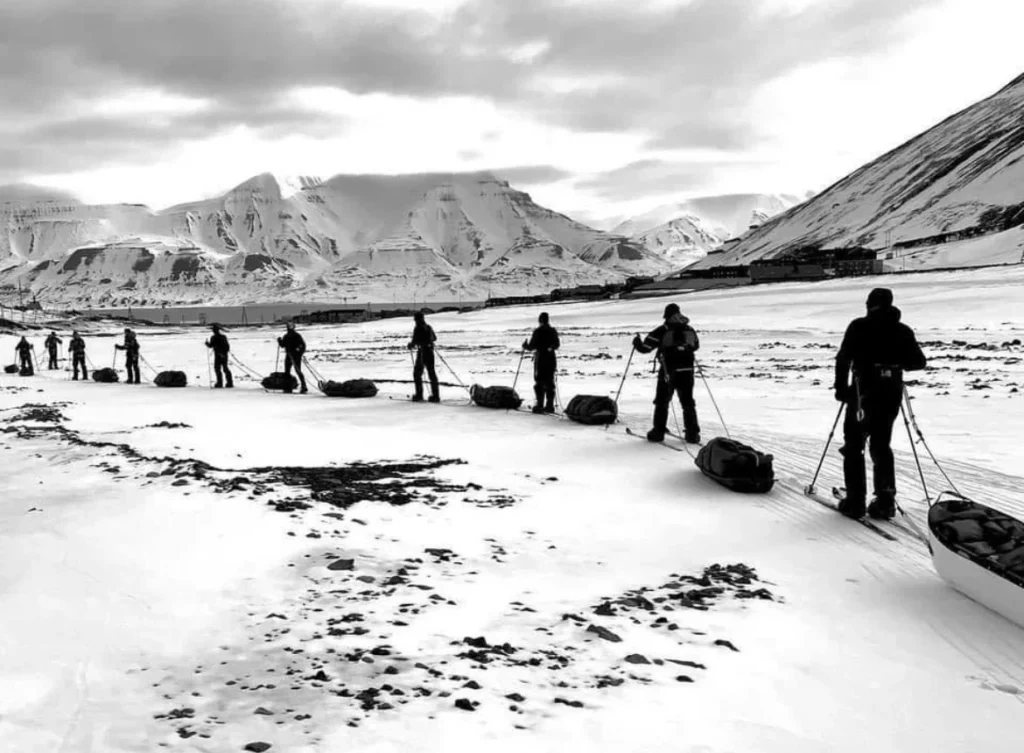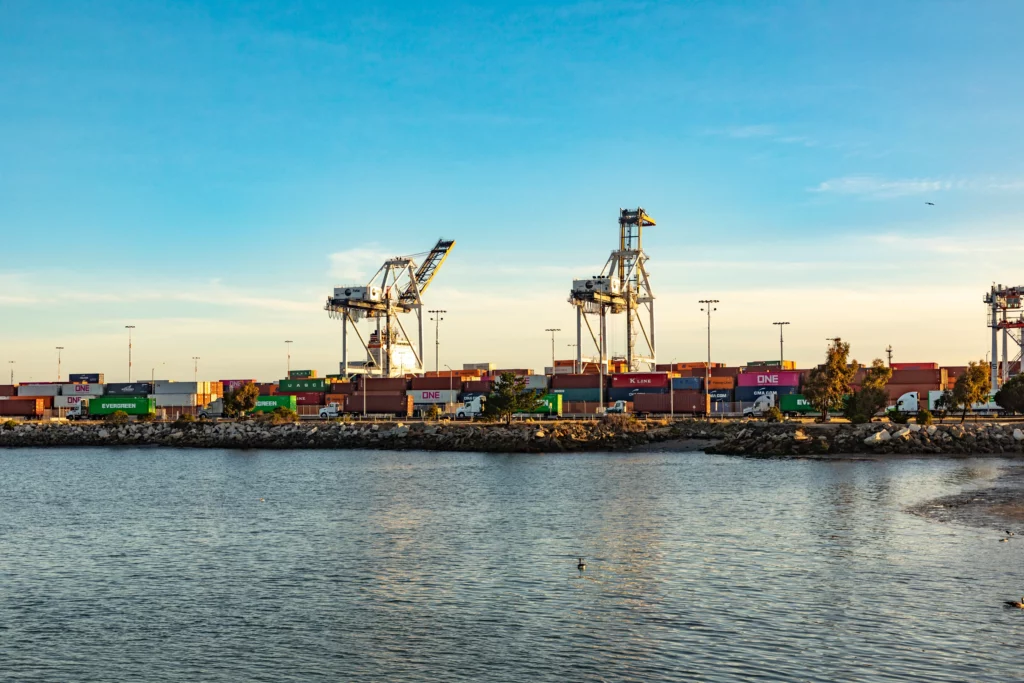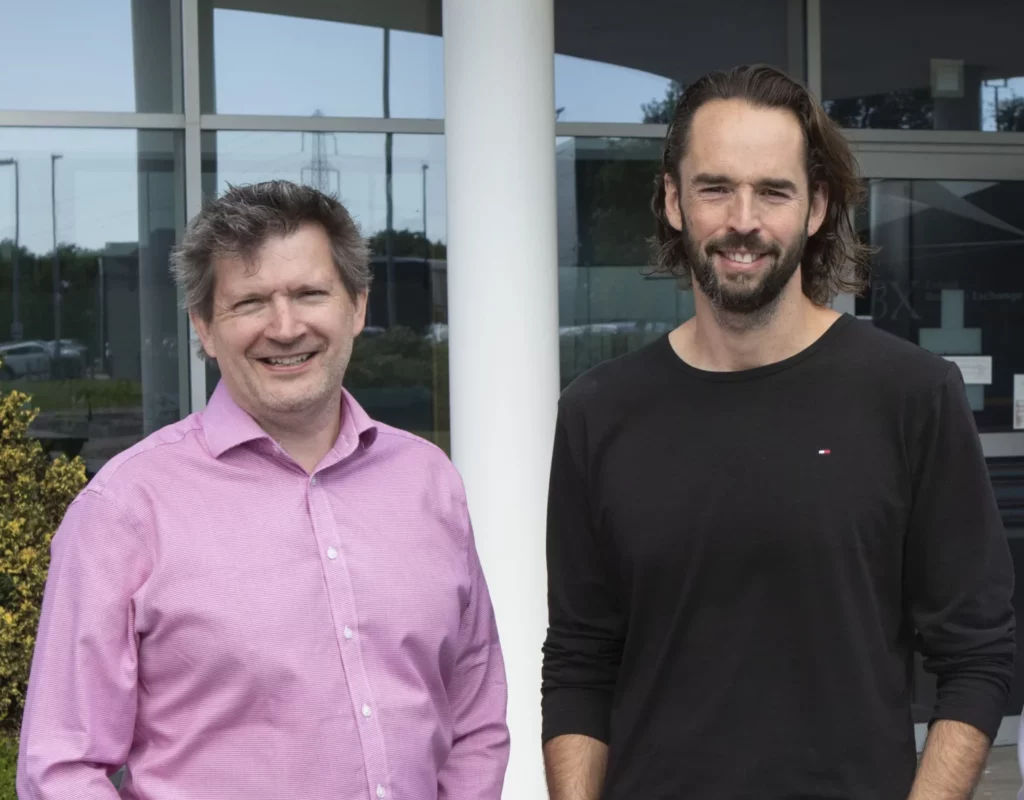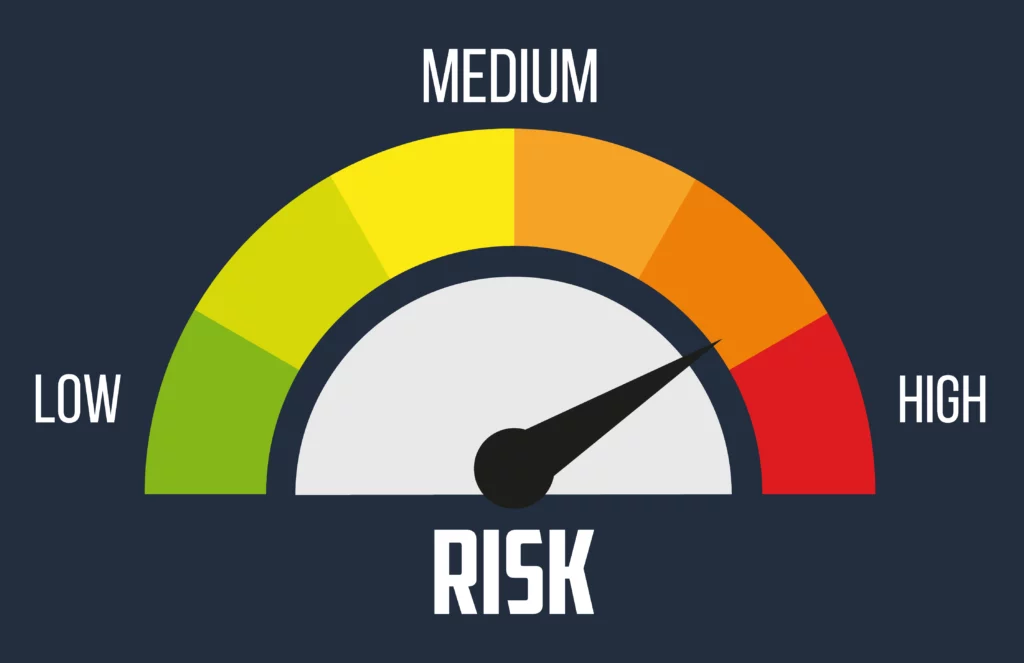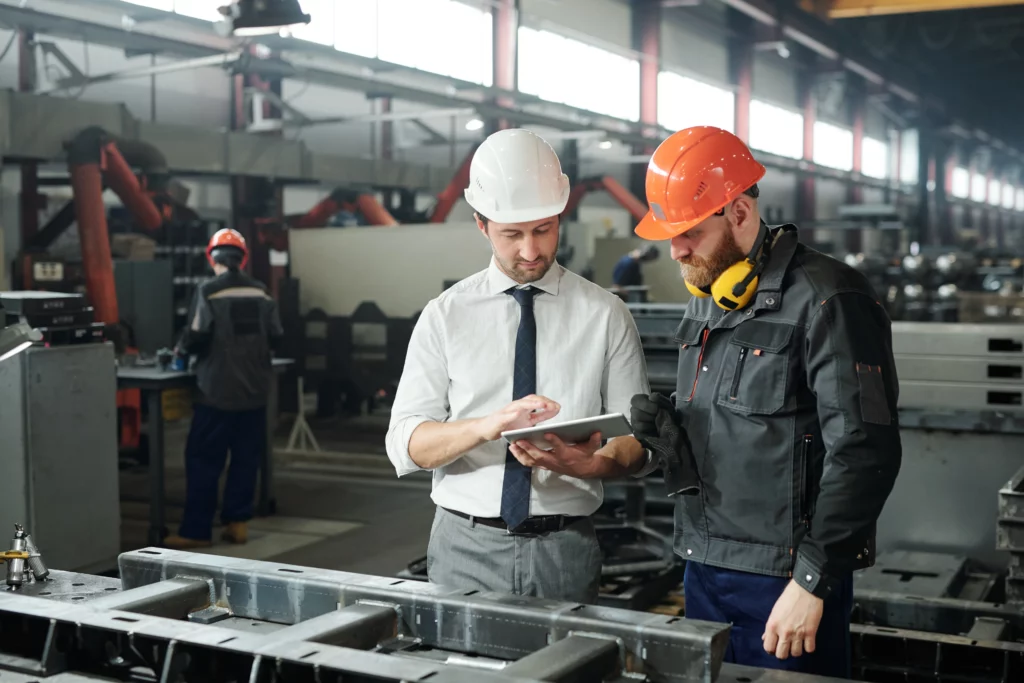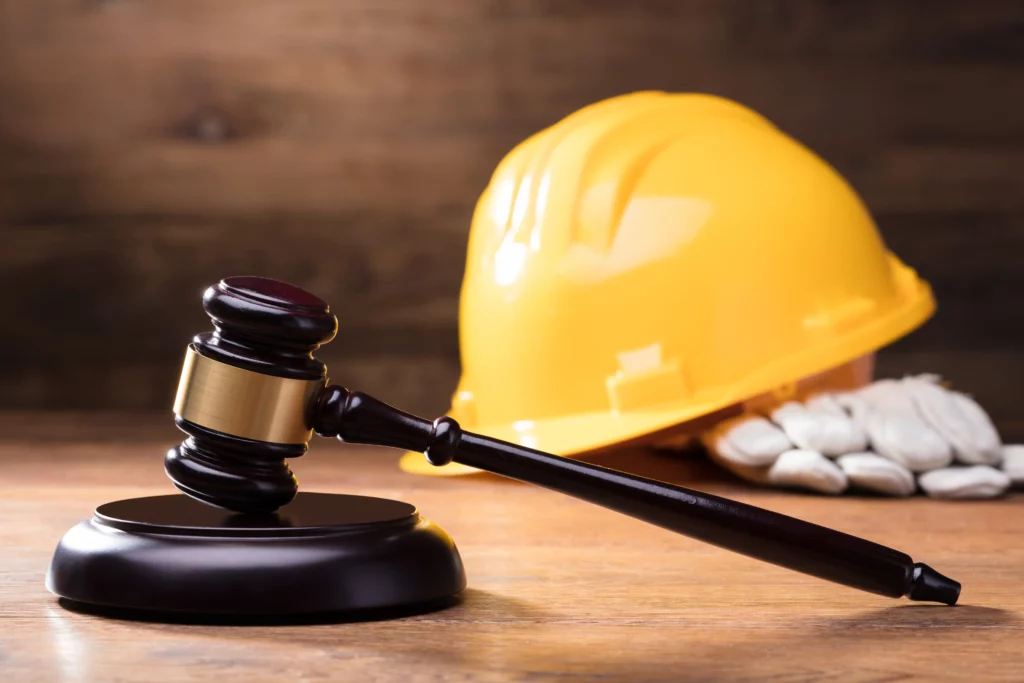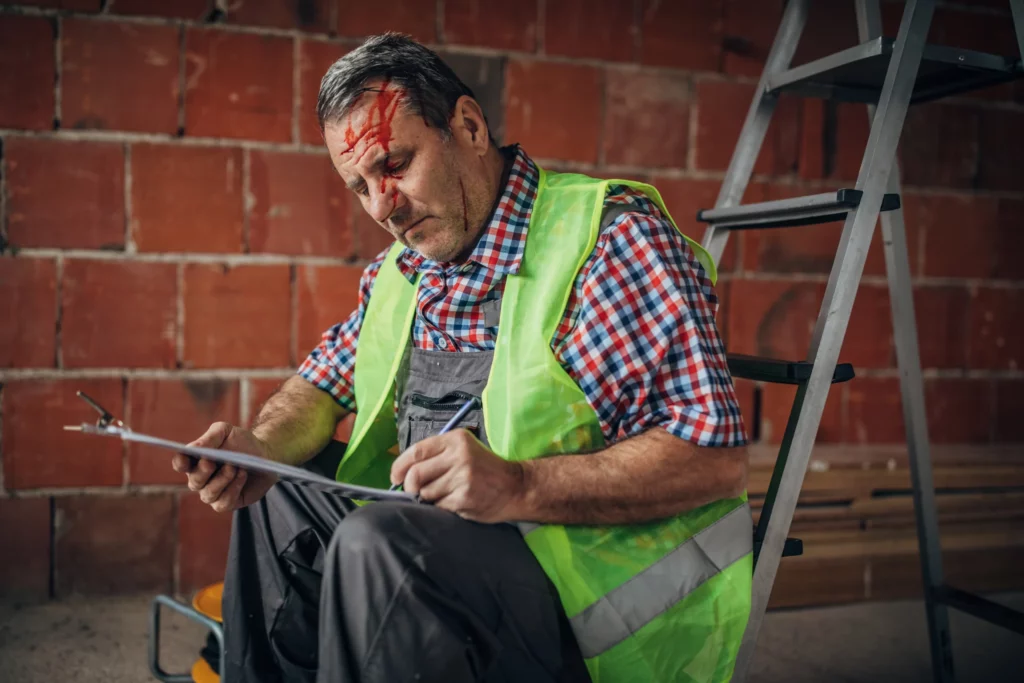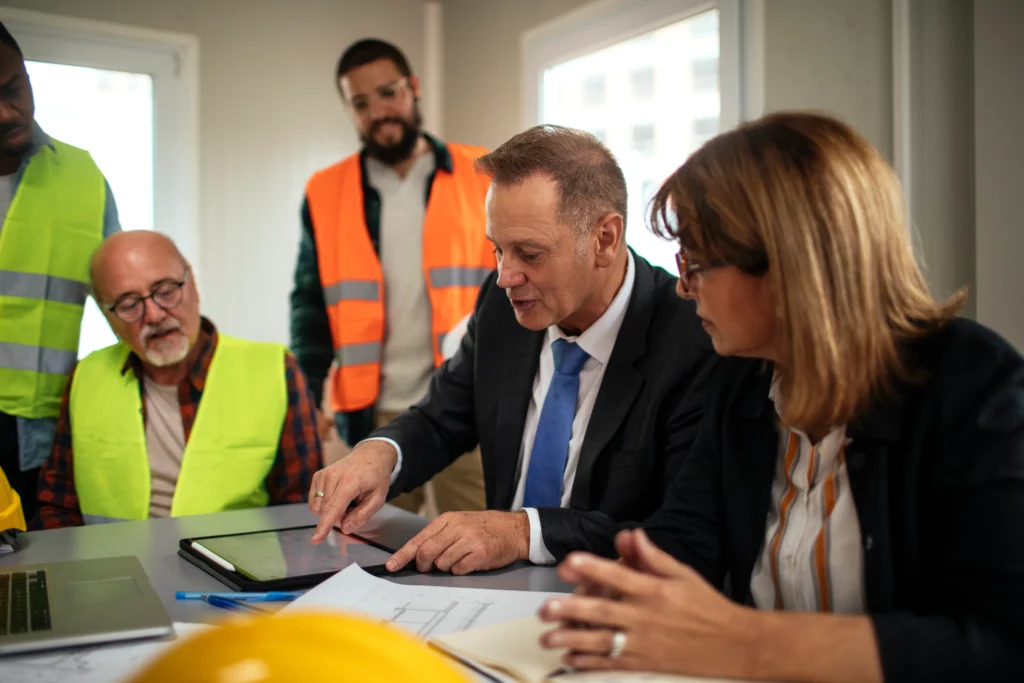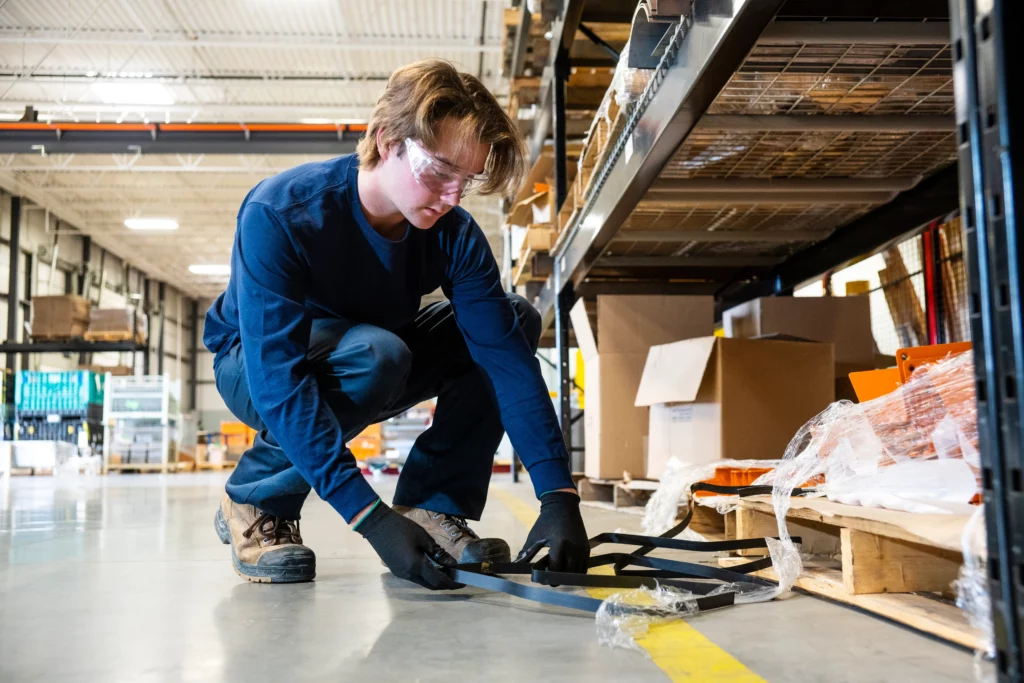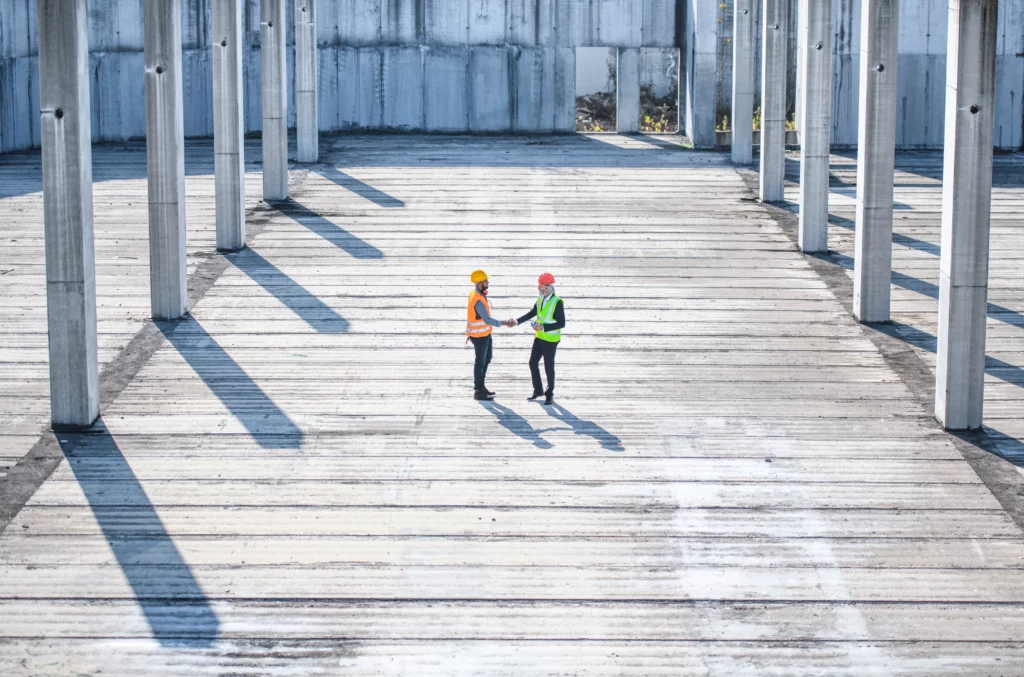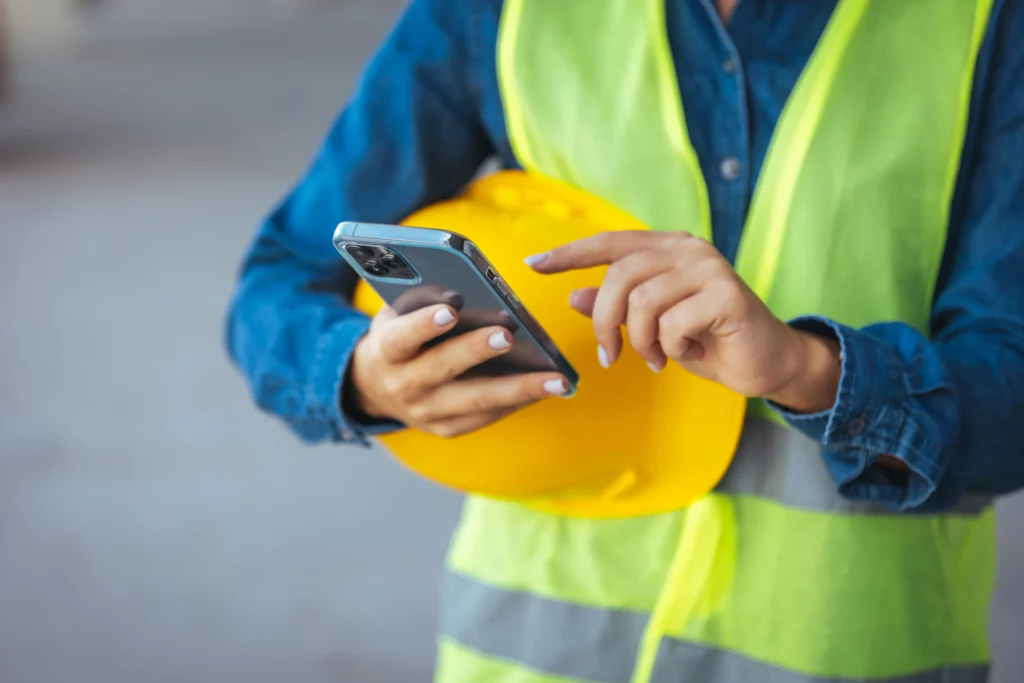In his latest column, our Subject Matter Expert, Tris Meears-White, takes a look at Working at Height, sharing his own personal experiences and the standpoint of the law regarding this increasingly important issue.
If pressed, I am willing to concede that there are several things I prefer to being up high.
I had successfully kept this – let’s call it “healthy respect for the risks of being at height” – to myself and away from the searing wit of my children until I was hopelessly exposed during a visit to some lighthouse or other for a 7th birthday party a couple of years ago. As part of the day’s fun – all children and parents were invited to go up to the top of the lighthouse to see the lamp working and take in the (admittedly) spectacular scenery.
This meant walking up a spiral staircase which wound around the inside of the external wall of the structure and whose open design unhappily allowed an undisturbed view down into the internal void to the ground and a fall to certain death.
I soldiered bravely onwards and upwards and was congratulating myself for having so cleverly disguised my discomfort. I white-knuckle gripped the rail in the lamp room and peeped sideways out of the window when the jolly guide asked me if I’d like to “have a little sit down” as I looked a “bit green”. Despite dissembling brilliantly, I made the mistake of taking her up on the kind offer prompting unfettered derision from my young son (whose earlier leaning over the bannister on the way up had prompted a curious squeal/shout from me, the pitch of which could have damaged canine hearing).
Consequently, I am now the object of sickening sledging from my family whenever I climb up anything higher than a footstool.
In truth, I’m correct to be mindful of the risks from being at height and my – let’s call it “caution” – is extremely well-founded.
From 2013-18, falls from height accounted for the majority of fatal injuries in the workplace – an average of 37 deaths every year – and the figures show no sign of improvement. So is it time to re-think the law? And if not, what?
An All-Party Parliamentary Group (APPG)’s reported on Working at Height in February this year and made several recommendations which I set out below with acerbic commentary where required:
- The introduction of enhanced reporting, without an additional burden, through RIDDOR which, at a minimum, records the scale of a fall, the method used and the circumstances of a fall. Of course, this relies on reports being made which sadly is not always the case.
- The appointment of an independent body that allows confidential, enhanced and digital reporting of all near misses and accidents that do not qualify for RIDDOR reporting. The data collected by this independent body to be shared with both government and industry to inform health and safety policy.
- The extension of the ‘Working Well Together – Working Well at Height’ safety campaign to industries outside of the construction sector. These are currently part-funded by the HSE through seventeen regional ‘Working Well Together (WWT)’ Groups which deliver a range of free and low-cost events to educate and inform small, micro and sole employee companies on the benefits of working safely. I do not doubt the good intent or usefulness of this campaign over the last couple of years, but the numbers do not seem to support it having effected any seismic improvements.
- An equivalent system to Scotland’s Fatal Accident Inquiry (FAI) process to be extended to the rest of the UK. In Scotland, ministers are required under section 29 of the Inquiries into Fatal Accidents and Sudden Deaths (Scotland) Act 2016 to report on fatalities. Fatal Accident Inquiries (FAIs) are the legal mechanism through which deaths in the workplace are investigated.
- The creation of a digital technology strategy to include new tax relief for small, micro and sole traders to enable them to invest in new technology. If in doubt form a committee or create a strategy document.
- A major review of work at height culture. This should include an investigation into the suitability of legally binding financial penalties in health and safety – funds which could be used towards raising awareness and training, particularly in hard to reach sectors.
I’m unsure, in all honesty, what this all means and how “legally binding financial penalties in health and safety” would work alongside FFI or fines in criminal proceedings. Ah – “self-funding”… the preferred way of avoiding public expenditure by encouraging charging for regulation – see FFI, COMAH, ONR, COPR.
Okay – cynicism parked for a moment.
I agree that communication is very important, but in my experience, it’s often complacency which is the culprit – organisations seem not to focus on the risks of working at height until they have an accident and then often engage in finger-pointing at the injured person, his or her supervisor or in default – the health and safety team for not spotting the problem.
Nowhere is working at height mentioned in the HSE’s 2019/20 business plan – there are more complex fish to fry such as building safety, reducing the likelihood of low-frequency, high-impact catastrophic incidents and work-related ill-health; all of which are of obvious importance. But…
…is HSE losing a little focus on making sure the basics are done properly? Their messages filter down to health and safety professionals who consciously or unconsciously might move their focus a little from the foundations of safe working in order to firefight the issue of the day.
We can’t sit and wait for the law to change, a new government strategy to arrive or for someone else to act – the risks and the measures to address those risks are equally well known.
When organisations are prosecuted for working at height offences, one of the most common findings is that work was not properly planned and supervised.
So plan carefully, supervise effectively then add in having the right equipment and making sure people are properly trained and you’ll pretty much have it nailed. There isn’t a good excuse for not doing so.
Find out more about how Notify can help organisations with near-miss reporting, incident and risk management and audits, including those where working at height is a regular occurrence, such as Construction.
—–
This blog was written by Tristan Meears-White, Notify’s resident Subject Matter Expert. Tris is a Health and Safety lawyer hailed as a “key individual” by Chambers UK and a “first-class health and safety lawyer” by Legal 500 2018/2019.
